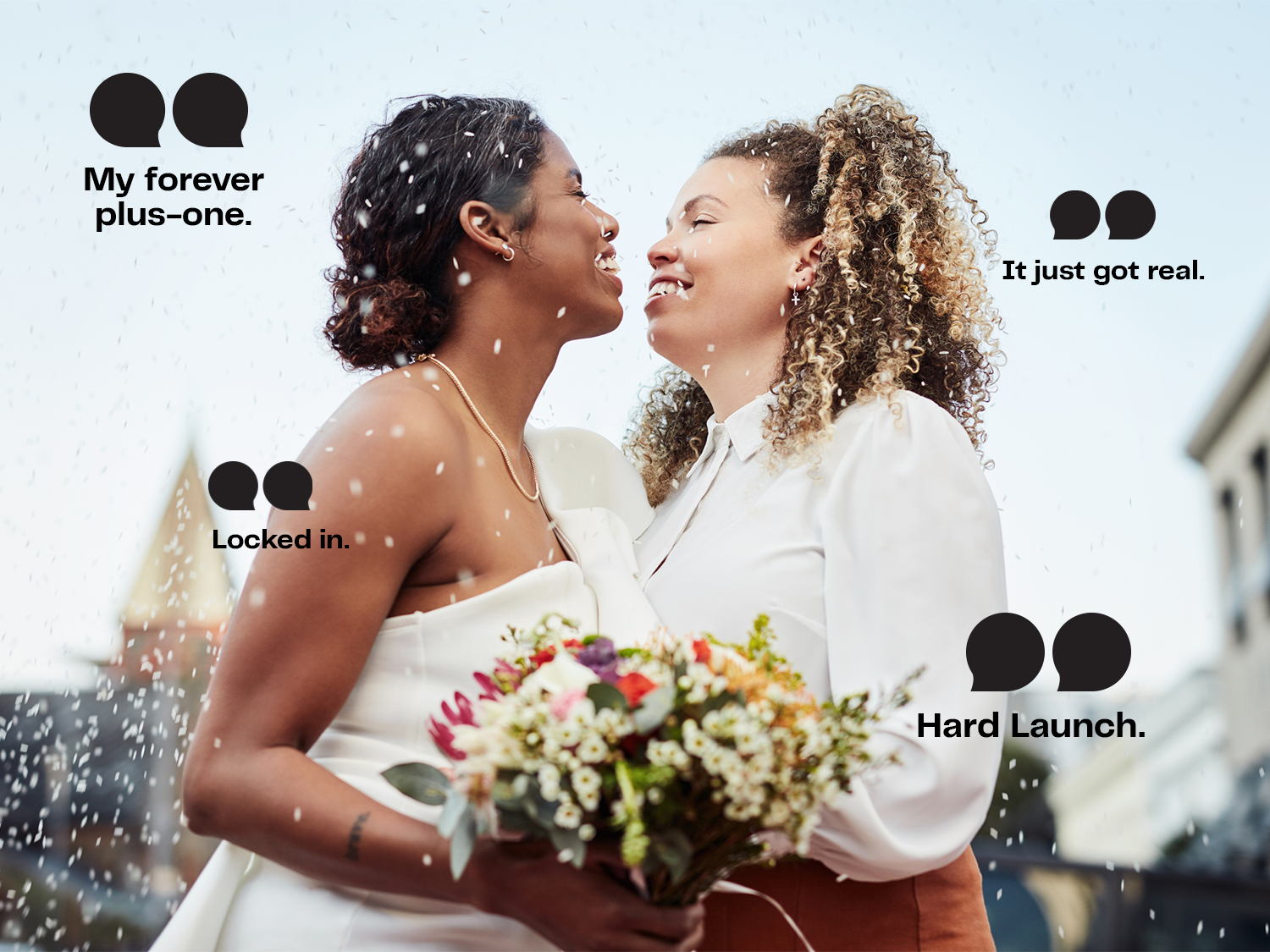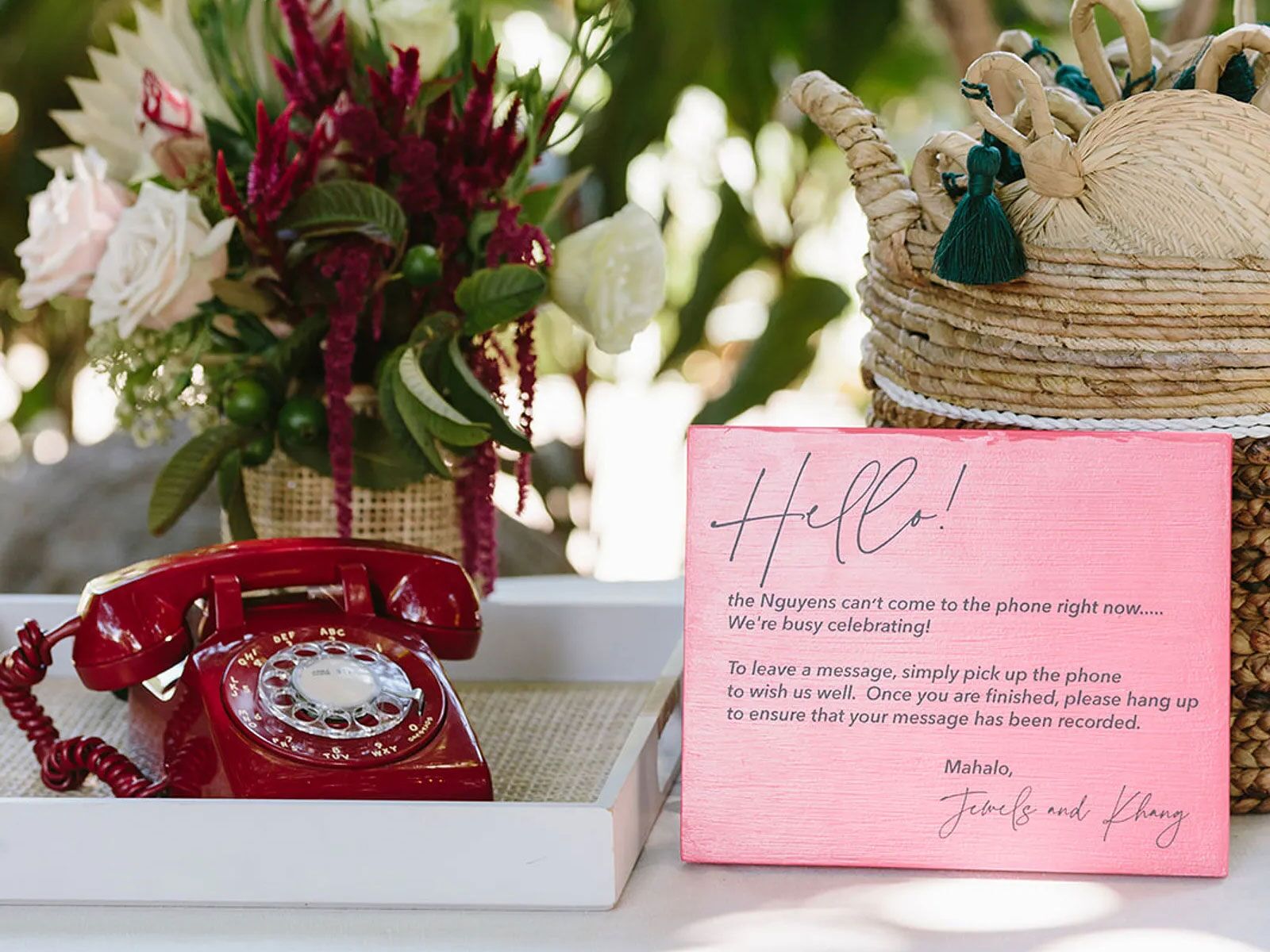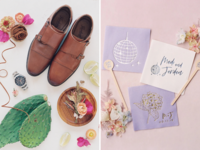Black & White Vs. Color Film Wedding Photography
No doubt you'll want to capture the rich hues of your centerpieces, vibrant blooms between cake tiers, and the rich red of chocolate-covered strawberries on color film. But when it comes to capturing the unscripted seconds that live in your mind forever -- the anxiety and joy of getting ready or the adoring glance your future husband casts your way -- black-and-white film can be the way to go. In short, both color and black-and-white images are essential to document the planning that went into your day and the moments that define it.
Black-and-White Basics
Plain and simple, black-and-white photography is preferred for documenting emotional moments. The fewer colors your eyes have to process, the cleaner and easier an image is to absorb when viewing. The result? The subject shines through!
Black-and-white images help you focus on the features of a subject and bring the mood into focus. Use it to capture important, intimate moments such as the kiss and the first dance. To intensify the purity of such sacred moments, Philippe Cheng, an established New York wedding photographer, recommends that your photographer zoom in to cut out visual clutter and focus on the look in the groom's eyes or the happy tears streaming down the bride's cheeks, for example.
Advantages of Black-and-White Film
Black-and-white film can help mask skin imperfections because shades of gray can't record the blotchy red irritations that inevitably pop up on this stressful day. Put this knowledge to use and ask for black-and-white coverage as you get ready. You'll be able to look back and remember all the great details of the day -- Mom buttoning your dress, a stolen glance in the mirror, the silent sweep of a makeup brush -- without remembering that red bloch on your face! Save the color for the final moment when the gown, the hair, and the makeup are all perfect.



Another advantage of black-and-white images is their duration. Printing black-and-white images on special archival fiber paper is more expensive than printing color but can last hundreds of years. Think of your grandparents' wedding albums -- faces of ancestors still peek out, brimming with the same joy they felt that day. These are "archival prints." Color photos fade and degenerate faster. Film advances are being made, but the fact remains that, on average, color prints will start to fade after about 50 years.
When to Use Color Film
Once the attendants are dressed and assembled and the reception site is unveiled, let those color photos begin! Flowers, food, favors -- all of these elements you discussed endlessly and selected lovingly can only be recorded on color film. It might not seem as artistic, but trust us, you'll want to remember exactly what color your centerpieces were 40 years from now!
Likewise, remember to ask for color during your formal portrait session -- these are the photos for which you'll most likely order multiple prints. Shoot as much as you can outside, too.Color film does not need to be restricted to daylight. It can work very well at night or even indoors to capture a soft, romantic mood. By placing a camera on a tripod, for example, a photographer can use a slower, better color film and no flash to shoot a beautiful, dimly lit room or centerpiece. "Color is at its best when most subtle," affirms Cheng. Ask your photographer to look for these soft, quiet details and record them with care.
Putting Two and Two Together
So, what should you do for your wedding? Work the advantages of black-and-white and color film: Request both to satisfy your artistic and documentary needs. An extra photographer may be required, and overall it may eat up more of the budget, but you'll love the results. From an intimate black-and-white portrait of you and your loved ones to a vibrant, colorful shot of the bridal party, you can have your cake and eat it too!




















